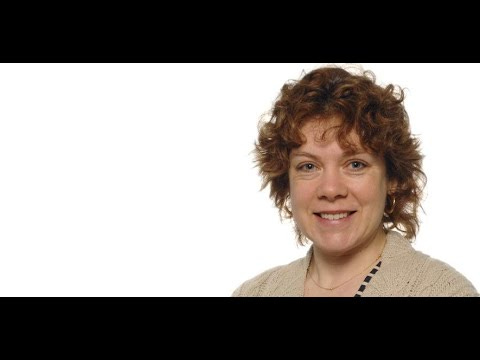Axial: https://linktr.ee/axialxyz
Axial partners with great founders and inventors. We invest in early-stage life sciences companies such as Appia Bio, Seranova Bio, Delix Therapeutics, Simcha Therapeutics, among others often when they are no more than an idea. We are fanatical about helping the rare inventor who is compelled to build their own enduring business. If you or someone you know has a great idea or company in life sciences, Axial would be excited to get to know you and possibly invest in your vision and company . We are excited to be in business with you — email us at info@axialvc.com
Kathryn Lilley is a Professor in the Department of Biochemistry at the University of Cambridge. Kathryn received her PhD in Biochemistry from the University of Sheffield in 1990. After being a laboratory manager at the University of Leicester for 11 years, she established the Cambridge Center for Proteomics in 2000. The Lilley lab creates technologies that measure the dynamics of the proteome and transcriptome. Across space & time during critical cellular processes. Her research focuses on the development of new proteomics tools and their applications:
Defining residents of organelles & protein complexes within cells with high throughput mass spectrometry
Monitor protein localization upon cellular perturbation such as drug treatment, mutation among others
Locate proteins involved in stem cell pluripotency maintenance both in terms of subcellular location and involvement in multi-protein complexes
Determining the spatial location of translation (where proteins are synthesized)
Characterize the spatial and temporal links between the trafficking of the proteome and its corresponding transcriptome
In 2006, researchers from the Max Planck Institute for Biochemistry generated the first mammalian organelle map. Mapping 1,404 proteins to ten subcellular locations in the mouse liver. This work showed what type of resolution can be achieved with density gradient centrifugation and marker protein profiling. And spark the field of spatial proteomics; inventing new techniques (i.e. different flavors of mass spec) for determining how proteins are distributed within cells and tissue.
Now as the field progresses, we are learning more about the importance of identifying where different proteins are within the cell and body, and how this affects their function. Mainly spatial proteomics is made up of 2 parts: (1) looking at different cells within a tissue slice and determining the groups of proteins associated with them and (2) identifying where proteins are located within a cell.
Lilley’s own work is inspired by the difficulties she encountered ~2 decades ago trying to map proteins to specific organelles. Since around 50% of proteins are present in more than one location, and many organelles have similar physical properties, even if her lab could purify and enrich proteins in one niche, they wouldn’t know where else each protein could be found.
The Lilley lab turned to protein correlation profiling, a technique from the 1950s. Each subcellular niche is strung along a different subcellular fraction by centrifugation, and the protein amounts in each fraction can be measured. As software tools have become better, the complex data from these experiments are becoming interpretable. Bayesian statistical analyses are used to estimate the probability of a protein belonging in a location and moving to another location catalyzed from a stress/event. And using semisupervised machine learning to guess the locations of unknown protein.
As spatial proteomics moves to single-cell measurements, we will begin to figure out why many proteins don’t change in abundance - but they change in location. Helping distinguish trafficking of existing proteins from one location to another, from proteins being differentially degraded at one location and newly synthesized proteins locating to an alternate location.


